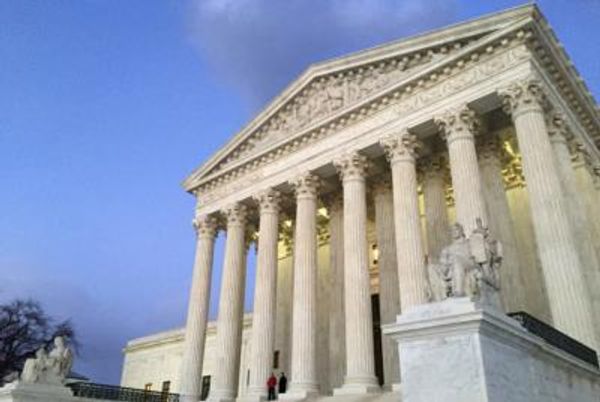
Donald Trump has imposed tariffs of 10% on Chinese imports, framing the move as a way to pressure China into taking action on fentanyl.
The White House said on Tuesday: “Chinese officials have failed to take the actions necessary to stem the flow of precursor chemicals to known criminal cartels and shut down money laundering by transnational criminal organisations.”
The statement described tariffs as a “powerful, proven source of leverage for protecting the national interest”. However, a presidential statement published last month said the “destructive” trade deficit, rather than fentanyl, was the primary driver of the tariffs.
Trump has described tariffs as a response to China’s failure to curb the flow of deadly synthetic opioids into the US.
“I have had many talks with China about the massive amounts of drugs, in particular fentanyl, being sent into the United States – but to no avail,” Trump wrote when he raised the issue in November. “Representatives of China told me that they would institute their maximum penalty, that of death, for any drug dealers caught doing this but, unfortunately, they never followed through, and drugs are pouring into our country, mostly through Mexico, at levels never seen before. Until such time as they stop, we will be charging China an additional 10% tariff.”
China has disputed this depiction of the issue. In November a foreign ministry spokesperson said: “China is one of the world’s toughest countries on counternarcotics both in terms of policy and its implementation. Fentanyl is an issue for the US. In the spirit of humanity, China has given support to the US’s response to this issue.”
What is fentanyl?
Fentanyl is a synthetic opioid that is far more powerful than heroin. Although it has legitimate medical uses for pain management, it is also at the heart of the US opioids crisis. Last year, nearly 75,000 people in the US died from a fentanyl overdose. The White House describes fentanyl as “a scourge that has no geographic or political boundaries” while Vanda Felbab-Brown, a senior fellow at the Brookings Institution, has said that the crisis is the “most lethal drug epidemic ever in human history”.
How much of it comes from China?
Fentanyl started arriving in the US from China about 10 years ago. In 2020, the US Drug Enforcement Administration said that China was the “primary source of fentanyl and fentanyl-related substances trafficked through international mail”. As authorities in the US and China have cracked down on traffickers and criminal gangs, much of that flow has been rerouted through cartels in Mexico. Rather than sending shipments of finished illicit fentanyl directly to the US, drug traffickers and exporters in China send precursor chemicals to Mexico, where they can be turned into fentanyl and sent on to the US.
What has China done to curb the flow of fentanyl into the US?
The 2010s were a bright spot for US-China cooperation on fentanyl. In 2019, at the behest of the US, China scheduled all forms of fentanyl, the only major country to permanently include the drugs on a list of controlled substances. In the US, fentanyl analogues are only temporarily controlled, with the classification set to expire in December 2024.
But in 2022, when the then speaker of the House of Representatives Nancy Pelosi visited Taiwan, Beijing responded angrily by cutting off several channels of communication with the US, including counternarcotics co-operation.
It was only last year, when Joe Biden and Xi Jinping met in San Francisco, that bilateral talks on fentanyl were reopened. In the past few months, China has been scheduling fentanyl precursors that have been banned internationally, catching up with moves to block the flow of the chemicals that are used to make fentanyl as well as blocking the flow of the drug itself. This would, in theory, make it easier to crack down on drugs traffickers.
China and the US have also agreed to cooperate on tackling money laundering. Chinese and Mexican organised criminal gangs form the financial backbone of the international fentanyl trade.
But China insists that the fentanyl crisis is, at its heart, a problem of the US’s own making. “The root cause of the overdose lies in the US itself, which calls for more effective measures from the US government,” China’s foreign ministry spokesperson, Mao Ning, said last month.







